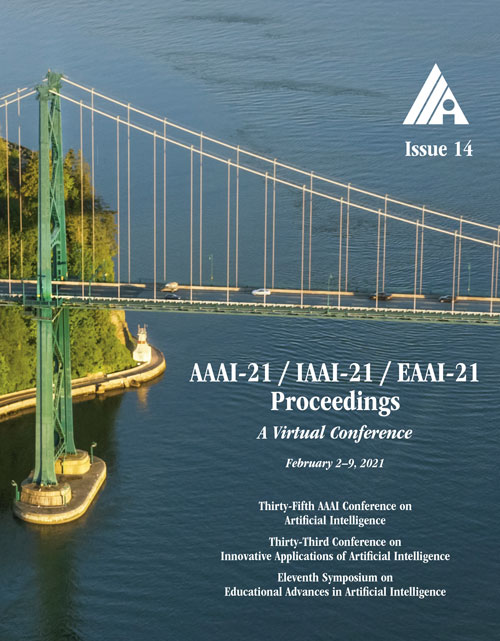Knowledge-aware Leap-LSTM: Integrating Prior Knowledge into Leap-LSTM towards Faster Long Text Classification
DOI:
https://doi.org/10.1609/aaai.v35i14.17511Keywords:
Applications, Text Classification & Sentiment Analysis, (Deep) Neural Network Algorithms, Classification and RegressionAbstract
While widely used in industry, recurrent neural networks (RNNs) are known to have deficiencies in dealing with long sequences (e.g. slow inference, vanishing gradients etc.). Recent research has attempted to accelerate RNN models by developing mechanisms to skip irrelevant words in input. Due to the lack of labelled data, it remains as a challenge to decide which words to skip, especially for low-resource classification tasks. In this paper, we propose Knowledge-AwareLeap-LSTM (KALL), a novel architecture which integrates prior human knowledge (created either manually or automatically) like in-domain keywords, terminologies or lexicons into Leap-LSTM to partially supervise the skipping process. More specifically, we propose a knowledge-oriented cost function for KALL; furthermore, we propose two strategies to integrate the knowledge: (1) the Factored KALL approach involves a keyword indicator as a soft constraint for the skip-ping process, and (2) the Gated KALL enforces the inclusion of keywords while maintaining a differentiable network in training. Experiments on different public datasets show that our approaches are1.1x~2.6x faster than LSTM with better accuracy and 23.6x faster than XLNet in a resource-limited CPU-only environment.Downloads
Published
2021-05-18
How to Cite
Du, J., Huang, Y., & Moilanen, K. (2021). Knowledge-aware Leap-LSTM: Integrating Prior Knowledge into Leap-LSTM towards Faster Long Text Classification. Proceedings of the AAAI Conference on Artificial Intelligence, 35(14), 12768-12775. https://doi.org/10.1609/aaai.v35i14.17511
Issue
Section
AAAI Technical Track on Speech and Natural Language Processing I

